Being a CEO is not easy. The success of the company, the livelihood of its employees, and its ultimate impact on its customers falls on you. So, how do individuals handle this responsibility and the pressure that surely comes with it? What does it take to be good a leader? How can future leaders prepare for this role?
To find out, PM360 turned to five serial CEOs within the life sciences industry, including:
- Bill Hunter, MD, MSc of Canary Medical Inc., a medical data company seeking to improve healthcare outcomes through “smart” implantable medical devices
- Chris Rivera of EMulate Therapeutics, Inc., a clinical-stage company utilizing proprietary radio frequency energy technology to provide safe and effective therapeutic benefits
- Craig Thompson of Cerevance, a clinical-stage drug discovery and development company focused on central nervous system diseases
- Daniel O’Connor of Ambrx Biopharma Inc., a clinical-stage biopharma company using its proprietary Engineered Precision Biologics platform to create antibody drug conjugates
- Jonathan Rigby, MBA of Revolo Biotherapeutics, a company developing therapies that reset the immune system to achieve superior long-term remission for patients with autoimmune and allergic diseases
Each of these leaders has served as the top executive at multiple companies, so they have learned what works and what doesn’t. To tap into their knowledge, we asked each CEO to address any of the following five questions:
- What lessons did you learn in your role as CEO at previous companies that you believe can or have already helped improve your leadership style?
- What was the biggest challenge you’ve faced as CEO at either your current company or a previous one?
- What do you look for in a company when deciding to take on a CEO position?
- How do you secure “buy in” as the “new person” when joining a company?
- What are some of the key advantages coming into a company with a fresh perspective?
Check out their responses, and apply their lessons to your own leadership style—no matter your current role. Perhaps one day it will prove especially helpful when you are the one running the company.
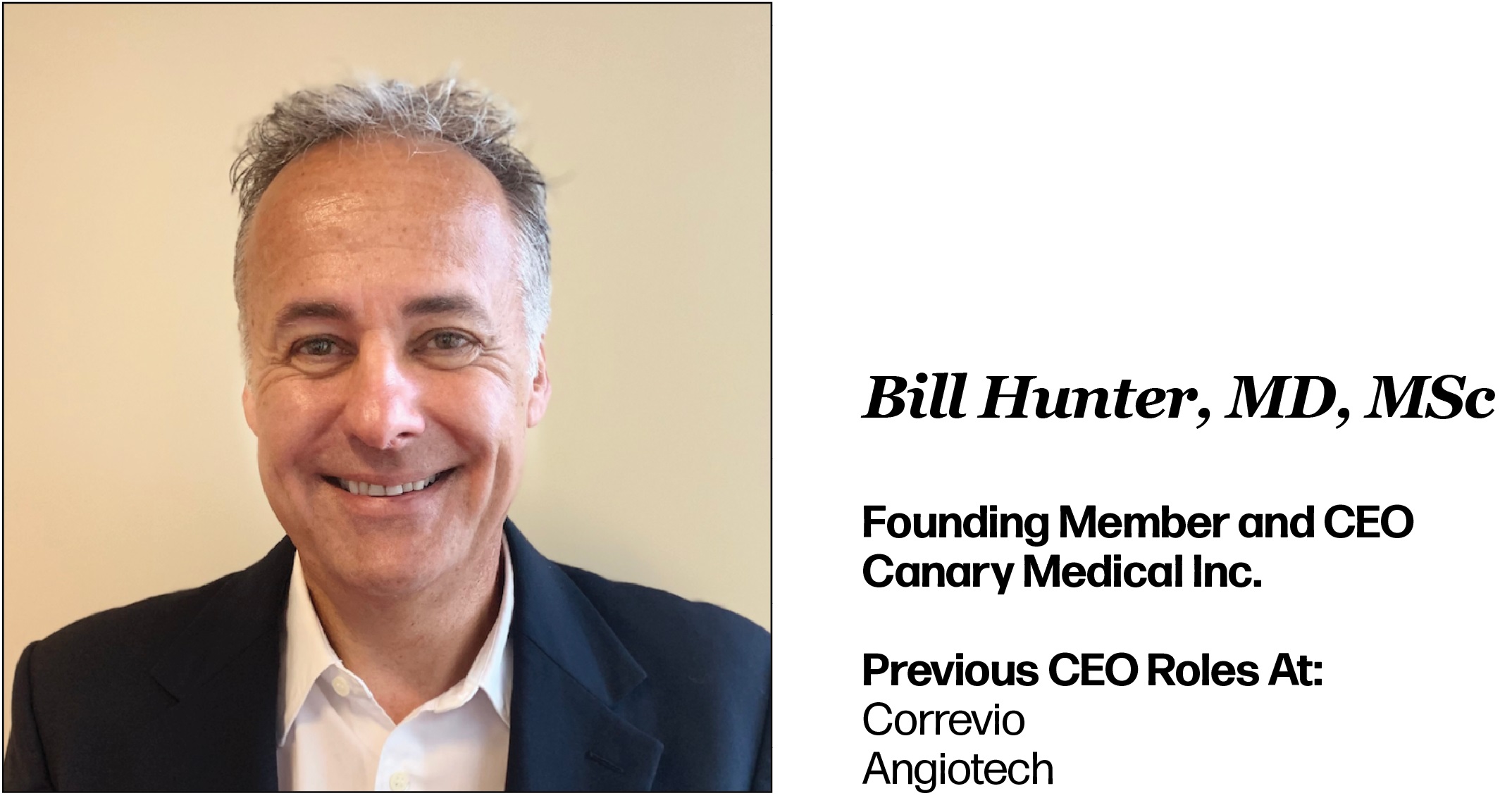 Lessons Learned from Previous CEO Roles
Lessons Learned from Previous CEO Roles
When I started Angiotech, I was still in medical school, and for the most part, everything progressed perfectly to plan. The TAXUS stent was a huge medical and commercial success, the company grew to a few thousand employees, and cash was plentiful. In 2008, the credit market collapsed, the drug-coated stent market had become extremely competitive, and we were unable to refinance our debt. By 2011 we had to take the company through a restructuring. I grew a lot during those three years—downsizing, refocusing, limited resources—all were very humbling, but they also taught me the value of planning more diligently, budgeting more precisely, and developing products both on budget and on time.
Ultimately, Angiotech became controlled by private equity, and I was soon relieved of my job as CEO. Getting fired from a company I started was the most important leadership lesson of all. Since then, I re-evaluated my philosophies of leadership, management, and the responsibility CEOs owe to the employees that come to work for them. I learned the right way to grow a company is thoughtfully, meticulously, and by hiring only those positions that were funded and necessary; creating jobs that were built to last.
My advice: Don’t be afraid of adversity or getting fired, you just might learn something; real leadership is shared leadership; and create a culture where every employee is valued and works towards goals and products they are proud of.
Biggest Challenge(s) Faced
My biggest challenge was financing Canary. I think the concept behind Canary is timely, highly medically relevant, and an obvious next step in the evolution of medical devices—life-saving medical implants built with the capability to provide important, timely feedback to patients and doctors. Venture capitalists often say, “Sometimes we bet the jockey, not the horse,” and Angiotech had returned the fund for our investors. Well, apparently they don’t bet the jockey if I’m the one in the stirrups, and almost all of my previous Angiotech investors passed on Canary.
Out of necessity, our founding team used their own time and money to build the business quickly and efficiently. We built a working prototype, got breakthrough designation from the FDA, and filed for approval while many of us still had day jobs. I am grateful Zimmer Biomet recognized our vision and provided us with both the vehicle and market validation to finally raise institutional money.
The lesson here: Have skin in the game, be efficient with scarce early resources, and find a way to externally validate your project.
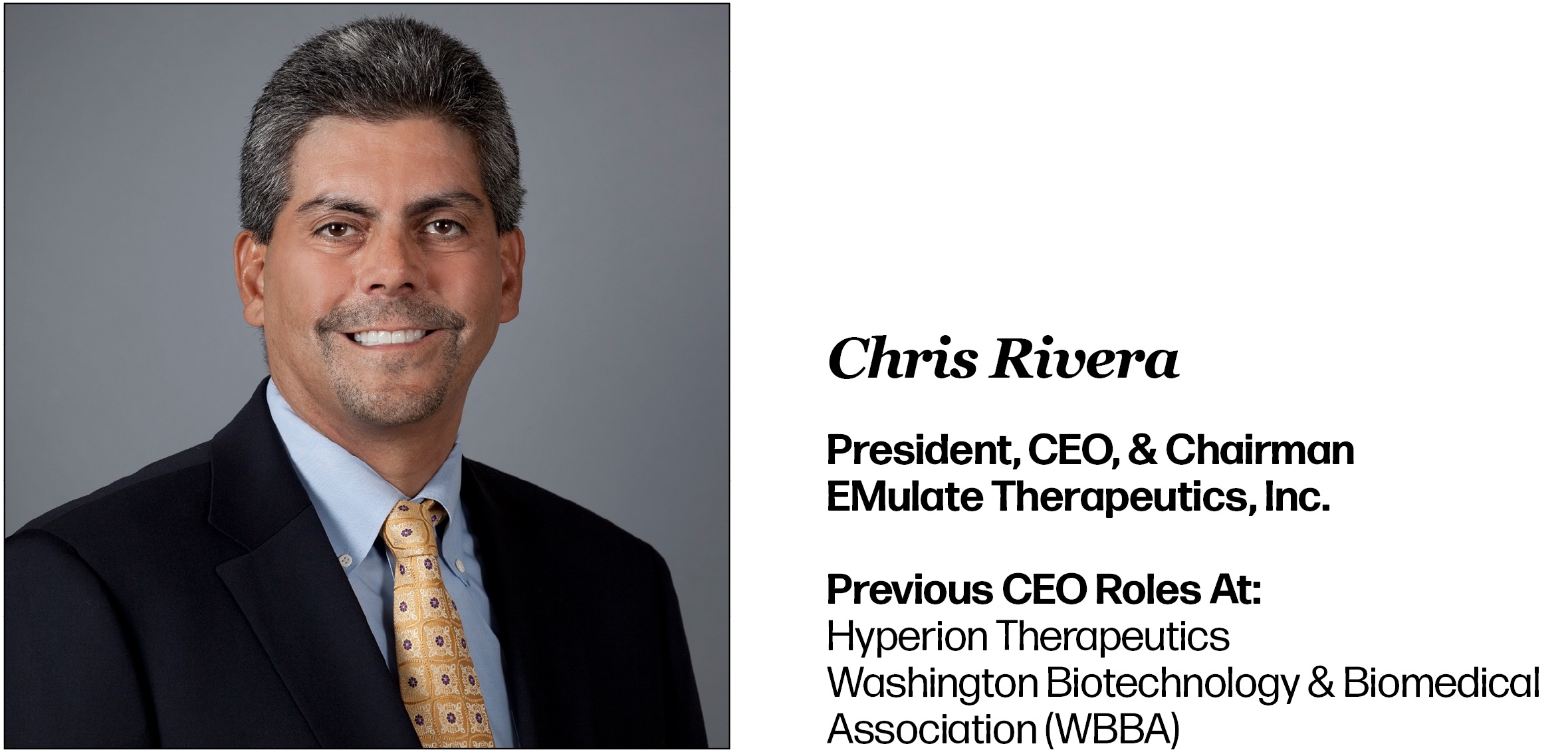 Lessons Learned from Previous CEO Roles
Lessons Learned from Previous CEO Roles
All the key leadership lessons I have learned came from my college basketball coach. Coach Hays taught me that a team working together towards a common goal is much more effective than a bunch of individuals, to surround yourself with talented people whose strengths may counterbalance your weaknesses, and to create an environment where people can buy into their roles and how they affect the overall goals. He emphasized not to be afraid to make calculated risks, even if they prove to be mistakes, as long as they are lessons learned.
Biggest Challenge(s) Faced
The effects of COVID on our business has been the biggest challenge. A week before lockdown, we received terms from a global oncology company to make a major investment in EMulate, including a potential acquisition. When the lockdown occurred, they paused on initiating the transaction, but continued with their diligence. Three months later they said they would move forward with the transaction, but then went quiet for several weeks. Finally, they told us they could no longer proceed and shortly after announced they had been acquired themselves.
As a result, I had to downsize my staff, restructure our business strategy to our current model, and figure out how to continue to fund the company. The new business model changed EMulate into a digital therapeutic platform company with several wholly owned subsidiaries beneath it focused on specific healthcare conditions in separate vertical markets. This has allowed us to be more focused in our partnering and investment discussions and decision-making and is beginning to lead to multiple exciting partnering opportunities.
What You Look for in a Company Before Joining
When I went to college my father wanted me to become a CPA, but after a few weeks of accounting 101 I realized that I did not want to do this for the rest of my life. A few years later, I started a PhD program in Audiology, but again realized I did not want to do this forever and decided to finish my masters and apply for business school instead. My father asked me, “Chris, what do you want to become?” I replied, “Dad, I’m not sure. All I know is I want to become someone who makes a difference in this world with what I do.”
I have been fortunate to be involved with numerous companies (Genzyme, Tercica, and Hyperion) and products that have saved and improved thousands of patients’ lives. When I consider joining a company, I ensure its mission and products will do just that, and my skills and experience will help make a difference in patients’ lives.
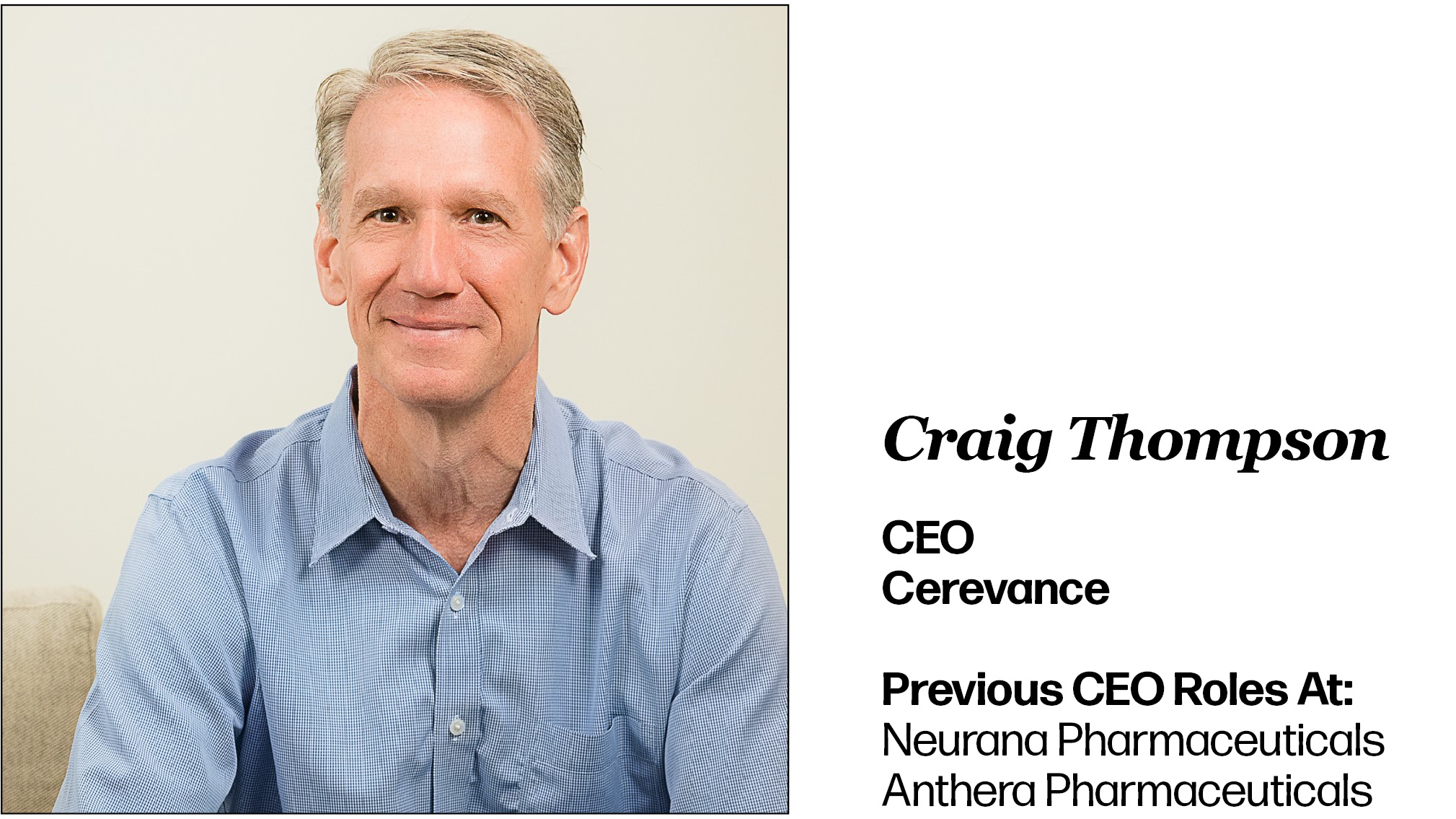 Lessons Learned from Previous CEO Roles
Lessons Learned from Previous CEO Roles
In my previous roles as CEO, I have learned the value of transparency and keeping a focused approach. In pharmaceutical development there are always issues that come up that are not expected, either positively or negatively. I have found that in these times honesty and transparency can be the key to success. Generally, the team wants to know the situation, even if it is difficult to hear, and I believe that once you have a high level of transparency, the team can work through the issue and come up with better solutions as they have all the facts.
What You Look for in a Company Before Joining
In looking at a new company, I look at the team, the investors, and of course, the science as that is the driving force behind company. To me, the science has to be in an area that, in my opinion, is going to make a difference in a patient’s life.
Securing “Buy In” at a New Company
Securing “buy in” when joining the company, as cliché as it sounds, really is centered on listening and learning from those at the company. Gaining rapport and trust, understanding what the culture “feels” like when you’re part of the organization, and seeing how it all comes together is crucial for me to understand how I can support each of the groups and identify how we can grow together as an organization.
Advantages of Joining a Company with Fresh Perspective
Advantages of going into a company with a fresh perspective is exactly that, a fresh perspective. It also doesn’t mean changing for change’s sake but provides an opportunity to reevaluate what’s working, what’s not, and what we could do better either as a team or individually.
In essence, it provides the opportunity to ensure the path we’re charting is the most appropriate one forward. I’ve also found that when I go into companies that are transitioning from early-stage research to more clinically and commercially focused, we have a chance to assess the scientific goals to ensure they align more broadly across the organization.
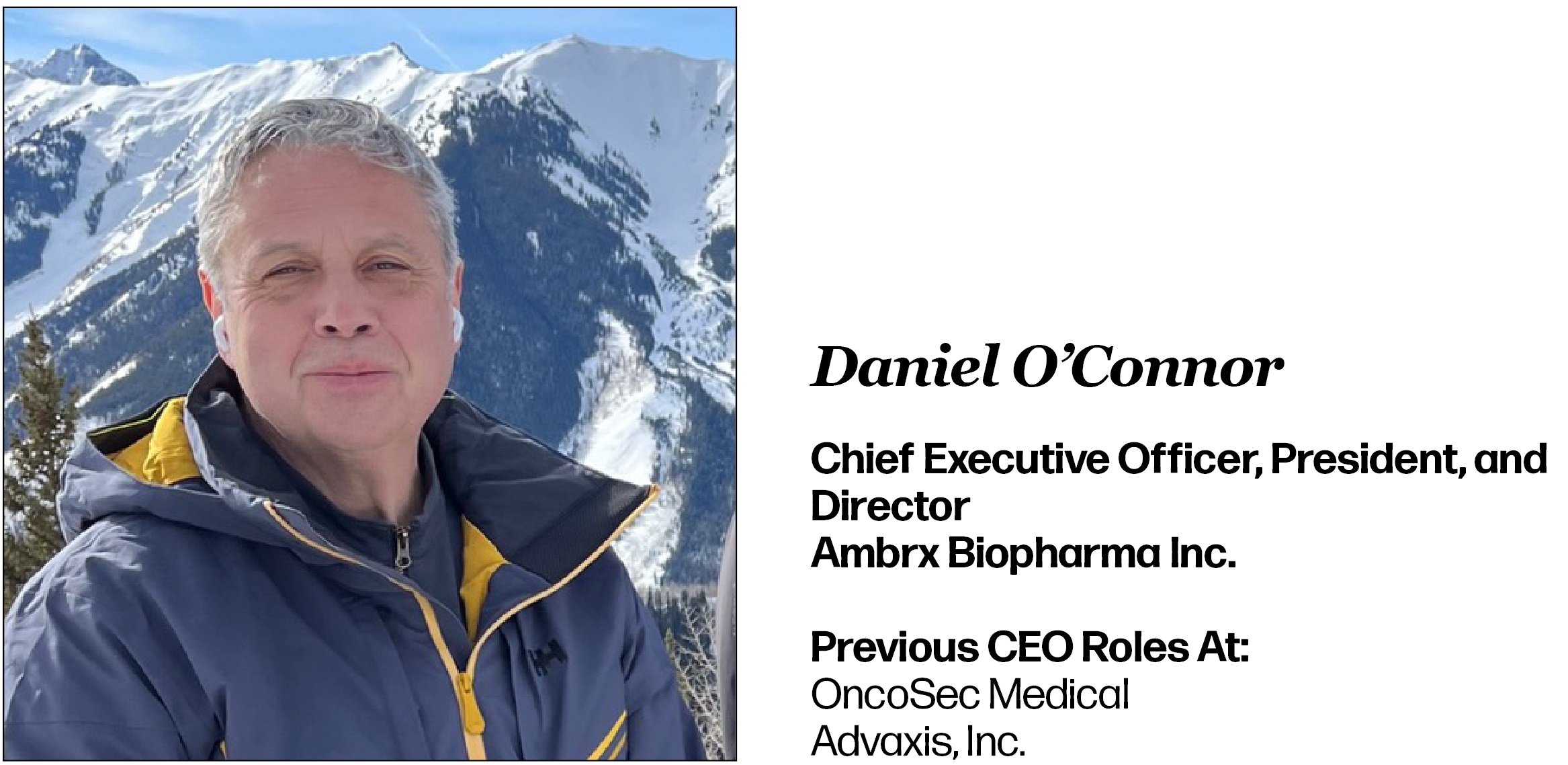 Lessons Learned from Previous CEO Roles
Lessons Learned from Previous CEO Roles
I have had the good fortune of serving as CEO for multiple, publicly traded companies throughout my career. As a leader, the onus of decision-making rests with me; however, I have found it critical to truly listen to my teams rather than make every decision in a vacuum. From professionals working in research and development to those in human resources, each member of the companies for which I’ve served have had different perspectives that are invaluable when it comes to realizing the collective vision of a company. To be a well-rounded leader in this space, it’s important to take these views into consideration.
Biggest Challenge(s) Faced
Not every external stakeholder has the same motivation for investing in your company, whether they be a strategic partner or a financial backer. As a leader whose mission it is to advance meaningful science and bring transformative solutions to patients, the biggest recurring hurdle in my career has been to both ensure external stakeholders remain invested in your vision for the long term and remain excited about what you’re trying to accomplish as a company.
What You Look for in a Company Before Joining
When taking on a new CEO role, I look to align myself with companies that have first and foremost developed promising science. As a leader, it is my job to come in and define the overarching vision of that company and then provide my team with the tools and resources necessary to execute against that end goal. Without a solid bedrock of science, however, no volume of resources will help achieve positive results for patients.
Securing “Buy In” at a New Company
Lead by example. People in general feed off enthusiasm and when new employees see the CEO of a company genuinely excited about the overarching mission and opportunity it affords, it’s contagious. People want to believe they’re making an impact and I firmly believe every day we spend working on solutions for patients in need, it’s impossible to not get fueled about the work you’re doing.
Advantages of Joining a Company with Fresh Perspective
Coming into a company for the first time gives you the benefit of a truly impartial third-party perspective. When employees live, breathe, and sleep the same work each day, it can be challenging to take a step back and unbiasedly identify some of the gaps, areas of improvement, and even perhaps unforeseen opportunities. I believe arriving at a company with this type of viewpoint allows for tremendous growth.
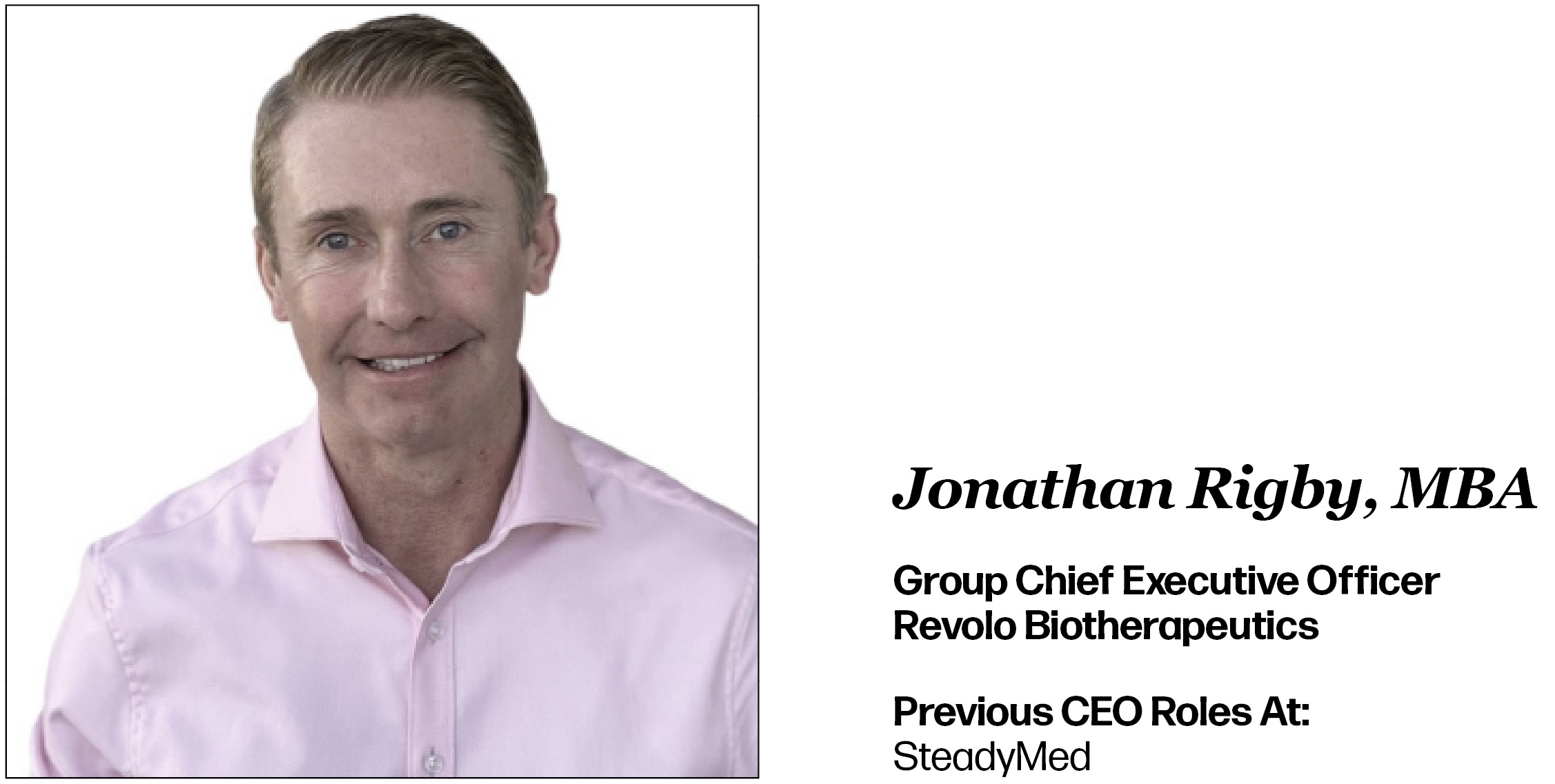 Lessons Learned from Previous CEO Roles
Lessons Learned from Previous CEO Roles
I have learned many lessons and continue to do so on an ongoing basis. When I was a young boy, my wise father always told me, “Jonathan, you have two ears and one mouth—always use them in at least that ratio!” He was right then, he is right now, and I make it a principle to always listen intently to others so that I can learn and assess correct actions, assumptions, and decisions.
I have learned from several of my ventures over many years to consistently invest time and effort into my leadership style. Most importantly, the building of an honest, respectful, passionate, and driven culture that constantly challenges assumptions to progress at a rate inconsistent with the norm.
Biggest Challenge(s) Faced
Hard to pick an answer when there have been many! When I think back, they all have a common denominator; none are unfixable, and there’s always a way! I remember finding out one day that a competitor had some new patents issued that appeared to block us from progressing for two decades! My Board, counsel, and shareholders were very concerned, and we did not have the capital to fight in court for years.
It was a David vs. Goliath situation and I had to find a solution. Challenging assumptions, using my ears, and believing there was a way, I found out about a new legal process for challenging patents at the patent office, not in the courts. This was a revelation; the patents were challenged, we won, the stock price tripled and onwards we went. Nothing is insurmountable.
What You Look for in a Company Before Joining
The question should be what do I look for and what are they looking for? It must be a win-win fit. If it’s not, it will go wrong at some point. There also must be a problem to fix. If there isn’t a clear problem that the company’s products are in development to fix, then that’s not a fit for me. Also, the most valuable asset in any company is its people and culture. Assessing that is critical.
I also love to have the long-term vision and mission of the company clear in my mind to make sure all stakeholders are aligned. Lastly, being in healthcare a core tenet of mine has always been to have passion about what I’m doing for the better health of patients with no compromise.









